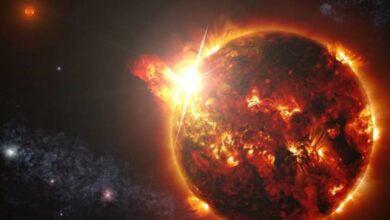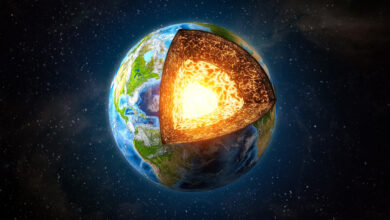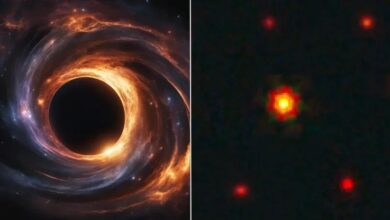Asteroid tangent to Earth detected only two days later

A few days ago, a 60-metre asteroid passed “under the Earth’s bottom”. This is not very interesting, but the interesting thing is that the asteroid has not been detected by anyone.
If a large asteroid were to hit Earth, would it be good to know about it? We almost learned this last week when a 60-metre object passed relatively close to our planet. Scientists were able to detect this celestial body exactly two days after leaving Earth behind. This raises concerns about the detection of objects that could be dangerous to Earth.
Asteroid not detected
Astronomers at the Atlas Observatory in South Africa first spotted the asteroid, designated 2023 NT1, on July 15, two days after it made its closest approach to Earth. The asteroid passed within about a quarter of the Moon’s distance from Earth, or just about 96,000 kilometers away.
On the other hand, we are aware of potentially dangerous space objects long before they approach our planet. For example, Asteroid 1994 XD, 370 to 830 meters in diameter, approached Earth by 3.1 million kilometers last month, leaving us behind. This asteroid was detected years ago by the Kitt Peak Observatory in 1994.
But things were different in the 2023 NT1 asteroid because unlike the others, it was coming towards us from the Sun. Therefore, the brightness of our star made the detection of the asteroid impossible. In the meantime, undetected and damaging asteroids by falling to Earth have also been found in the recent past. For example, the 20-metre-long asteroid that crashed into Russia in 2013, injuring 1,500 people, could not be detected for the same reason.
What would have happened if it had landed in Istanbul?

NASA defines asteroids the size of 2023 NT1 as airplane-sized. If the 2023 NT1 asteroid had fallen on Beşiktaş’s stadium, it would have created a crater of about 200 meters. The impact of the collision would have been equivalent to 2 megatons of TNT, and the resulting shock wave would likely have killed thousands of people. Anyone within 2.2 kilometers would likely have damaged lungs, and anyone within 2.9 km would have damaged eardrums. This shock wave can also cause serious damage to buildings within about 5 km. Of course these are a guess, changes in the asteroid’s velocity, impact angle, etc. factors can make a big difference.
The European Space Agency (ESA) has prepared a project called NEOMIR to prevent such situations from happening in the future. Within the scope of the mission, asteroids coming from the Sun towards the Earth will be detected. Unfortunately, it’s not scheduled to launch until 2030.






